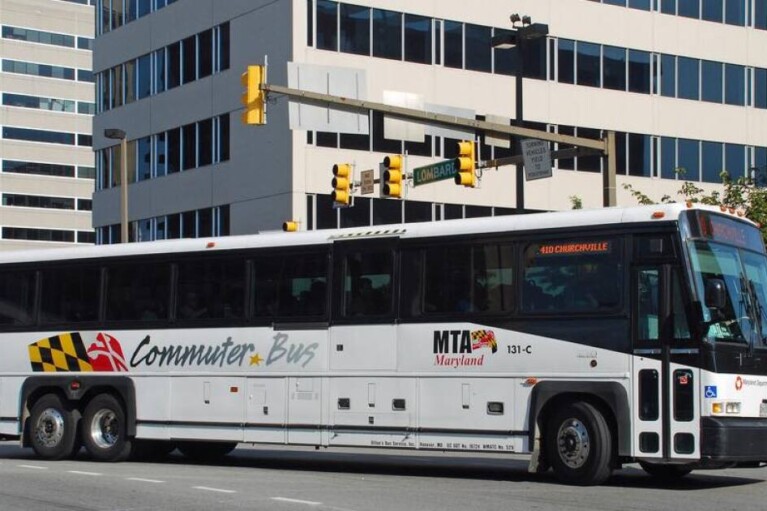In Their Own Words: What These South Florida Shooting Survivors Want You to Know
This article originally appeared in the Florida Phoenix, our sister nonprofit news website. It was compiled by teacher Jeff Foster and written by Isabel, 17; Jacyln, 18; Jacob, 18; Jenny, 18; Marcus, 17; Olivia, 18; and Shai, 17 – Students from Marjory Stoneman Douglas High School, Parkland, Fla.
Last year on Valentine’s Day, I was lucky enough to escape – along with 30 of my students – the senseless massacre that took place at Marjory Stoneman Douglas High School, where I’ve taught Advanced Placement American government for the last 20 years. I recently asked some of my students to share their thoughts and emotions about what they all lived through that day, what they now relive every day – and what they believe must be done to stop it from happening again.
The following is the compiled (and gently edited) words of my students.
On Feb. 14, 2018, 17 of my peers, coaches and teachers were killed at my school. Finding peace after February has been difficult as alarms no longer represent the possibility of leaping flames, but the threat of something much more sinister. We must now turn our attention to preventing the irrational — yet premeditated — human decision caused time and again by utilizing the weapons that murderers covet the most.
Assault weapons, or semi-automatic assault rifles, were once banned under U.S. law from 1994-2004. The Public Safety and Recreational Firearms Use Protection Act, commonly called the Federal Assault Weapons Ban (AWB and AWB 1994), was enacted in September 1994. The ban, which included high-capacity magazines, became defunct (expired) in September 2004 per a 10-year sunset provision. During those 10 years, there was a direct correlation between the law and fewer mass shootings. Gun massacres fell by almost 40 percent during that decade and quickly returned to previous levels after the ban lapsed. This evidence is too strong to ignore, and we believe that the country is undeniably safer if the ban is re-installed immediately.
A common argument against the assault weapons ban is that “guns don’t kill people, people kill people.” This is absurd, as no human being would have the ability to destroy human tissue and explode arteries like a grenade without an assault weapon, among the most powerful weapons in the world. The hard-to-swallow truth for the opposition is that people kill people … with guns.
We clearly see a common thread between many of the mass shootings in this country — the AR-15. This killing machine was used in Las Vegas, Newtown, Sutherland Springs, Orlando, San Bernardino and in our home, Parkland. These shootings could have either been prevented or resulted in less casualties if the original assault weapons ban had continued.
Writing this today is incredibly difficult. To relive what I experienced every single day and be saddled with the guilt of survival, leads to an excruciating existence. But I know I’m not alone. All of us at MSD are inexorably linked to a frighteningly growing list of mass shooting survivors. There have been nearly as many US mass shootings as days in 2018. A mass shooting is often defined as an act of violence — excluding gang killings, domestic violence, or terrorist acts sponsored by an organization—in which a gunman kills at least four victims.
Men, women, brothers, sisters, husbands, friends, teachers, and children have been destroyed by these senseless acts of violence. The mass shootings with the highest causality rate are caused when mass shooters use their weapon of choice, a military style semi-automatic rifle, such as an AR-15. This was the rifle that was used at our beloved school.
In today’s America, it is sadly no longer surprising to see the faces of gun victims flash across our TV screen; lives stolen by bullets at high speed. The alarming increase of normalization of gun violence is a public health issue. It is now completely commonplace that every month elementary, middle, and high school kids are forced to engage in “code red” drills.
Legislation must be introduced now in order to save innocent lives from being snuffed out by this weapon of war. If our lawmakers won’t do it, Floridians will have no choice but to do it themselves. We at MSD still cower every time we hear a door slam and do not wish anyone to experience the horror of Valentine’s Day 2018. Please don’t listen to me because I’m a survivor of a school shooting, or because I’ve seen the carnage caused by assault weapons when in the hands of the public. Listen to me because I’m every 17-year-old girl who is growing up in the mass shootings generation.
We must become an America that is compassionate, one that doesn’t have to teach children to hide from a bullet before they can read, and one that values innocent lives over a piece of metal with a primary purpose to kill. The fight to save lives will be a marathon, not a sprint, and we must continue to be relentless and unwavering in our efforts. Put simply, assault rifles have no place in our day-to-day lives.
Learn more about how you can save lives by joining our movement at BAWNFL.org.
— Marjory Stoneman Douglas High School Students




 Creative Commons Attribution
Creative Commons Attribution